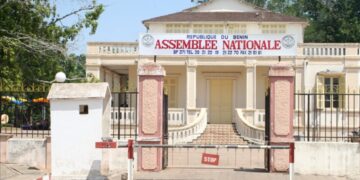By Enyichukwu Enemanna
The UK Home Secretary, Shabana Mahmood on Sunday said illegal migration is “tearing the country apart”, announcing plan to unveil major plans to overhaul asylum policy.
New measures are set to be announced on Monday and will include people granted asylum needing to wait 20 years before they can apply to settle permanently.
The plans will also see those granted asylum have their refugee status regularly reviewed and those whose home countries are then deemed safe told to return.
The changes are aimed at making the UK a less attractive destination for illegal migrants, leading to reduced small boat crossings and asylum claims.
Many specific details and practicalities of the measures are yet to be made clear, and will be set out by Mahmood on Monday.
Mahmood added her plans also aimed to address “unfair” conditions that she said gave some asylum seekers better provisions than UK citizens.
She said: “I know illegal migration is causing huge divides here in our own country, and I do believe we need to act if we are to retain public consent for having an asylum system at all.”
Currently refugee status lasts for five years, after which people can apply for indefinite leave to remain or settled status. Mahmood wants to lengthen this to 20 years.
The new measures will see refugee statuses reviewed every two-and-a-half years.
Mahmood said asylum seekers who use “safe and legal routes”, find work and contribute to society may be able to apply to settle permanently earlier, but she did not disclose specific details.
Mahmood also plans to make housing and weekly financial allowances “discretionary” and remove them from those who have a right to work in the UK but do not.
The home secretary was asked why she wanted to revoke asylum seeker support, despite the UK being “less generous” than France, Germany and Denmark when it came to support.
She said criminal gangs were selling packages to UK to asylum seekers, telling them they will receive free hotels and food, and that “we know we need to deal with those pull factors”.


































